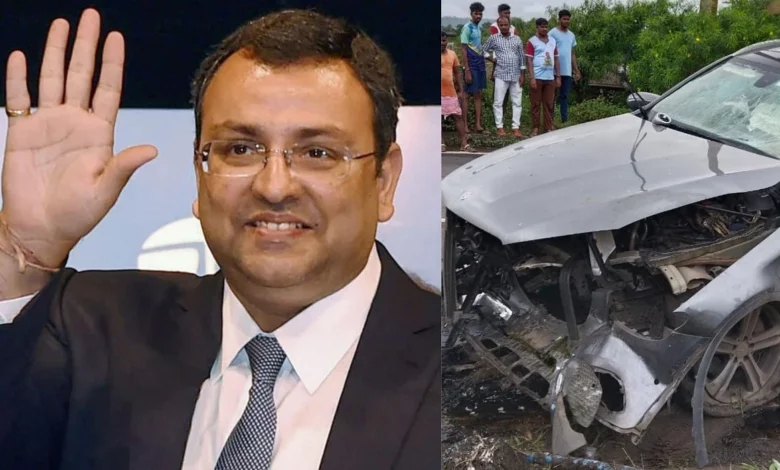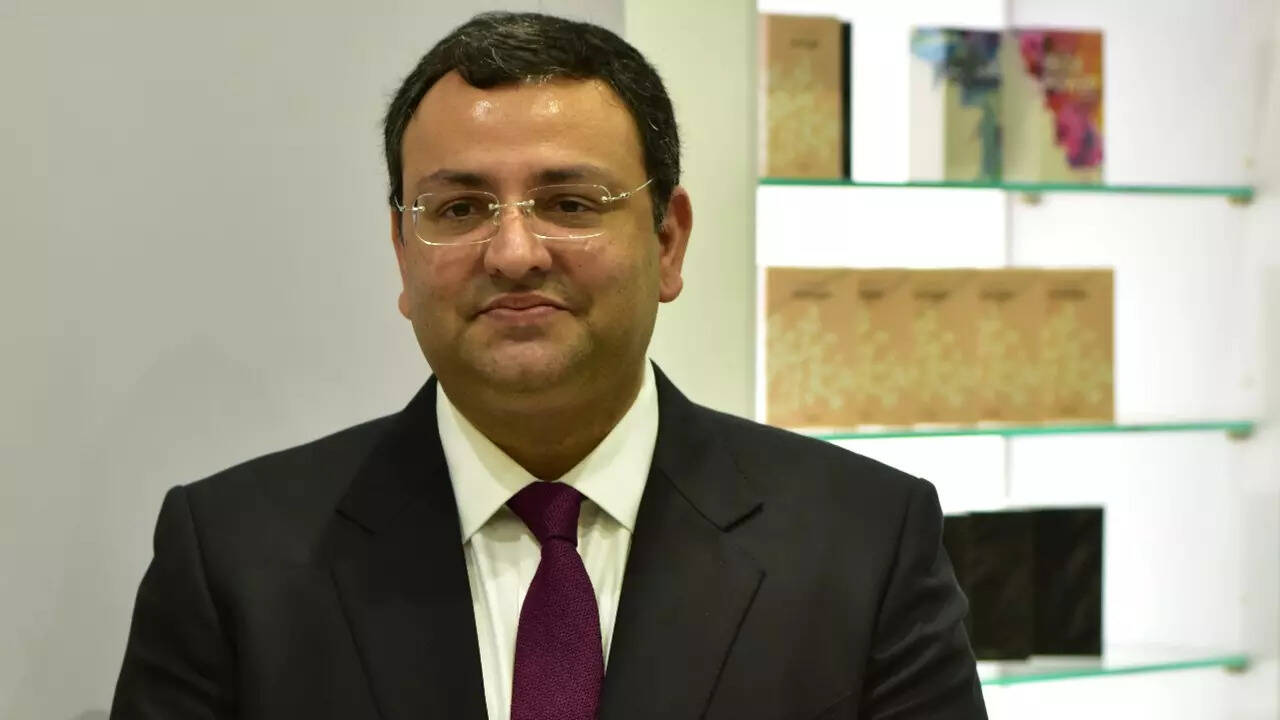Indian Media Trying To Justify Cyrus Mistry’s Death By Talking About Seat Belts & Airbags, But No One Is Talking About Poor Road Infra & Pot Holes On Roads In India

Indian Media Trying To Justify Cyrus Mistry’s Death By Talking About Seat Belts & Airbags, But No One Is Talking About Poor Road Infra & Pot Holes On Roads In India
Cyrus Mistry, a scion of one of India’s most prominent business families, was killed in a vehicle accident over the weekend, reigniting worries about the terrible condition of India’s roads, which the World Bank has named the deadliest in the world.
Mistry, 54, passed away on Sunday while travelling between Ahmedabad and Mumbai after his vehicle collided with a bridge barrier. Images shared on social media revealed the skid marks left by a Mercedes leaving the pavement just next to a pothole. The back airbags did not deploy.
- more than 100 people have died on the Mumbai-Ahmedabad highway between Palghar & Achad in the last 2 yrs due to road accidents
- No one points out that the road network in India suffers from major holes and instability, which is a government mistake. At the same time, the media only highlights mistakes made by common people, like not wearing a seatbelt or driving too fast.
- Almost 75% of the highways in India are only two lanes, with only 3% being national highways. Road maintenance is underfunded, and roads are congested. Over 30% of villages lack access to all-weather roads, and 40% of roads are dirt roads.
Due to inadequate maintenance and excessive speed, the Mumbai-Ahmedabad National Highway might be fatal. According to data made public by the NCRB, more than one person died per hour in road-related collisions on Maharashtra’s streets in 2021. With 13911 fatalities from traffic accidents, Maharashtra came in third place, after Tamil Nadu and Uttar Pradesh. Driving dangerously and speeding were the leading causes, but what about roads that are unstable to ride on?
India has the second-largest road network in the world, with 5.89 million kilometres (3.7 million miles) however, many of its roadways suffer from subpar building and upkeep. Before the epidemic, India saw a fatal road accident every four minutes, accounting for 11% of all crash-related fatalities worldwide while having just 1% of the world’s automobiles.
After setting what the government claims are a global record of 38 kilometres of roads built every day, road transport minister Nitin Gadkari, one of prime minister Narendra Modi’s top lieutenants, has set the lofty goal of creating more than 100 kilometres of roads per day. Furthermore, the country permits foreign direct investment in infrastructure development, despite the fact that land acquisition and tolls frequently encounter widespread opposition.
The tragedy brings attention back to the state of India’s highways, in which truck drivers deliver more than two-thirds of the country’s commodities, highlighting their economic significance even if the police have provided little information regarding Mistry’s mishap. The paper states that there were 1.3 million fatalities in road collisions in India in 2020, which totalled more than 3.6 million.

Seasonal rains, which frequently cause flash floods in Mumbai, New Delhi, and Chennai, can shut down roads, rail networks, and airports, interrupting public transportation and costing the economy billions of dollars in India’s megacities. Following significant rains on Monday, several of Bengaluru’s main thoroughfares—the city’s centre for information technology—were flooded.
Even though most people stayed at home during the worst of the epidemic, road accidents in India did see a declining trend in previous years before picking up again in 2021, according to statistics from the National Crime Records Bureau. According to the statistics, the so-called National Highways, overseen by a state-run organization and occasionally subcontracted to for-profit businesses, had the most significant accidents and fatalities per 100 kilometres.
Aside from the roads, Indian drivers are infamous for breaking the law, which is in part facilitated by the comparatively light penalties that are applied. Fines for not wearing a seatbelt while driving might be as little as $1, and even then, enforcement is still generally sporadic.

There are several daily fatalities as a result of this, but as they are not Mistry, they will not be discussed. One of the primary causes of India’s poor road conditions is political leadership and PWD corruption, which results in the building being done depending on the funds left over rather than on traffic or load requirements.
Since “A tilt or slope of 2.5% from the median needs to be maintained every 100 meters,” potholes on the road are caused by poor drainage. This prevents rainfall from becoming stagnant and is known as a cross slope in technical jargon. Indian highways hardly take this into account. When a load is applied, these inadequate highways collapse due to a lack of quality assurance throughout the building, road collapse, and inappropriate layer consolidation.
Although different bituminous grades should be used for different types of roads, heavier vehicles travel on separate routes in industrialized countries. In contrast, in India, all vehicles, from light to extremely heavy, utilize the same road. In other countries, 10–20% of the net cost of building the roads is provided to the engineers who plan and build them. They build fantastic highways.
In India, the workers receive 5%, engineers receive 10%, managers receive 15%, and politicians receive 65%. Another 95% of the remaining 5% is used by suppliers, contractors, bids, etc. Thus, just 0.25% of the actual funds for building the road are still available. Therefore, if Rs 100 crores are approved for a road stretch in India. The cost of building the road is merely 25 lakhs. Then, civic groups show up and dig ditches alongside the same route. 100 crores more are granted after two painful years.
The greatest moment to talk about India’s illogical road designs is now, following the passing of Cyrus Mistry. Dividers are quite harmful, as are those unsightly metal police road obstacles.





